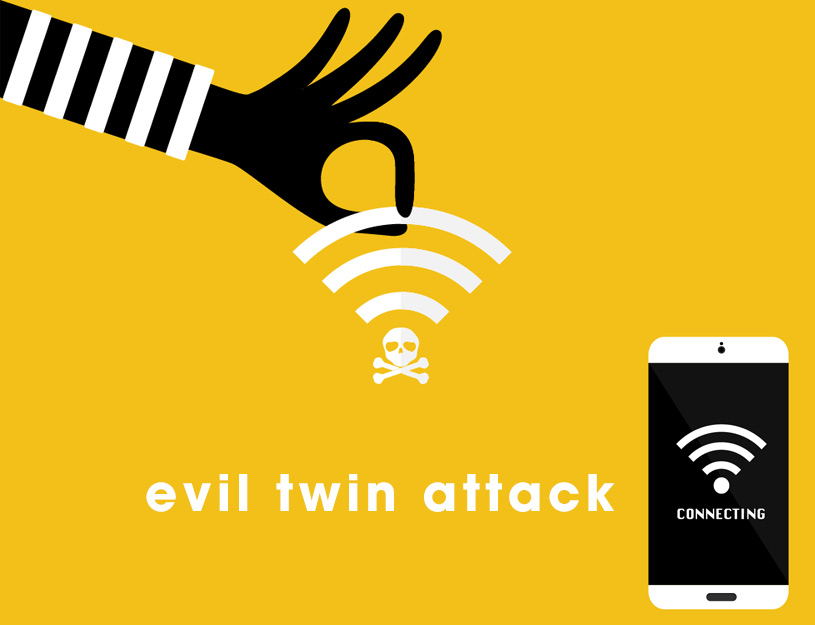
Cisco Backdoor Vulnerability Explained
This article explores a critical cybersecurity breach involving a sophisticated back door discovered in Cisco’s Adaptive Security Appliances (ASA). Known as “Line Dancer,” this vulnerability is part of the “Arcane Door” campaign, primarily attributed to nation-state actors. The back door’s discovery underscores the growing complexity and stealth of cyber threats targeting essential network infrastructure. We delve into the technical aspects, the broader implications for network security, and measures to detect and mitigate such vulnerabilities.
Understanding the Cisco IOS XE Software Line Dancer Back Door
The “Line Dancer” back door is an in-memory implant that avoids detection by not writing to the disk. This advanced approach is indicative of a nation-state origin, emphasizing the actors’ intentions to evade discovery and analysis. Additionally, it is capable of writing to the file system without being detected, further complicating forensic efforts. The back door disables system logging and manipulates crash dump processes to prevent forensic analysis. Notably, it features a unique “magic number” authentication mechanism, allowing attackers to bypass standard authentication procedures, create or manipulate local user accounts undetected, and establish remote access. This includes the ability to add a new local user with elevated privileges, granting them extensive control over the compromised system.
Espionage Campaign Targeting Perimeter Network Devices and Tactical Execution
“Arcane Door” represents a sophisticated espionage campaign targeting perimeter network devices such as cisco firewalls within critical infrastructure sectors, such as telecommunications and energy. The initial access vector of the campaign is unknown, suggesting the exploitation of an undisclosed zero-day vulnerability in the Cisco ASA software. Specifically, the attackers are targeting perimeter network devices, indicating a strategic selection of these devices due to their critical role in network security and the attackers’ in-depth knowledge of their architecture and vulnerabilities. This lack of clarity presents significant challenges in assessing the full scope and impact of the attack, as well as in developing effective countermeasures.
Forensic Challenges in HTTP Server Feature and Detection Strategies
The stealthy nature of the Line Dancer back door complicates forensic efforts. Since the implant is designed to evade traditional detection methods, it poses significant challenges for security professionals. Cisco Talos has recommended specific commands that administrators can use to inspect memory regions for anomalies suggestive of the implant, providing a crucial tool in the identification of compromised systems. Additionally, to address vulnerabilities related to the HTTP server feature in Cisco IOS XE software, Cisco Talos advises disabling the HTTP server and the HTTP secure-server by using the ‘no ip http server’ and ‘no ip http secure-server’ commands in global configuration mode, effectively eliminating the attack vector and limiting exposure to these vulnerabilities.
Broader Implications for Government Networks Cybersecurity
The emergence of the Arcane Door campaign highlights critical vulnerabilities within network security infrastructures that could be exploited by well-resourced and technically proficient adversaries. The Cybersecurity and Infrastructure Security Agency (CISA) plays a crucial role in identifying these vulnerabilities and providing advisories to the cybersecurity community. This discussion also touches on the broader cybersecurity landscape, noting an apparent increase in the reporting and awareness of vulnerabilities, rather than an actual increase in vulnerabilities themselves. It’s important to note that these vulnerabilities are not limited to niche products but also affect mainstream security appliances such as cisco firewalls underscoring the need for comprehensive security measures across commonly used security solutions.
Conclusion Of The Cisco Backdoor Vulnerability
The discovery of the Arcane Door campaign and the Line Dancer back door in Cisco ASA devices serves as a stark reminder of the persistent and evolving threats facing global network infrastructures. It underscores the importance of vigilant security practices, robust defense mechanisms, and the continual assessment of system vulnerabilities. For organizations, staying ahead of such threats is not just about deploying the right technologies but also about fostering a culture of security awareness and proactive response.
Cisco Talos Intelligence Blog – The official blog of Cisco’s threat intelligence group, Talos. It provides updates, research, and analysis on current cybersecurity threats and vulnerabilities, including detailed discussions on matters like the “Arcane Door” vulnerability and the Cisco Backdoor Vulnerability.
National Institute of Standards and Technology (NIST) – The NIST site offers a wealth of information on cybersecurity standards, guidelines, and tools to assist organizations in managing cybersecurity risks. This could provide readers with a broader context for understanding network security and the significance of maintaining robust security protocols.

Cisco Backdoor Vulnerability Explained
This article explores a critical cybersecurity breach involving a sophisticated back door discovered in Cisco’s Adaptive Security Appliances (ASA). Known as “Line Dancer,” this vulnerability is part of the “Arcane Door” campaign, primarily attributed to nation-state actors. The back door’s discovery underscores the growing complexity and stealth of cyber threats targeting essential network infrastructure. We delve into the technical aspects, the broader implications for network security, and measures to detect and mitigate such vulnerabilities.
Understanding the Cisco IOS XE Software Line Dancer Back Door
The “Line Dancer” back door is an in-memory implant that avoids detection by not writing to the disk. This advanced approach is indicative of a nation-state origin, emphasizing the actors’ intentions to evade discovery and analysis. Additionally, it is capable of writing to the file system without being detected, further complicating forensic efforts. The back door disables system logging and manipulates crash dump processes to prevent forensic analysis. Notably, it features a unique “magic number” authentication mechanism, allowing attackers to bypass standard authentication procedures, create or manipulate local user accounts undetected, and establish remote access. This includes the ability to add a new local user with elevated privileges, granting them extensive control over the compromised system.
Espionage Campaign Targeting Perimeter Network Devices and Tactical Execution
“Arcane Door” represents a sophisticated espionage campaign targeting perimeter network devices such as cisco firewalls within critical infrastructure sectors, such as telecommunications and energy. The initial access vector of the campaign is unknown, suggesting the exploitation of an undisclosed zero-day vulnerability in the Cisco ASA software. Specifically, the attackers are targeting perimeter network devices, indicating a strategic selection of these devices due to their critical role in network security and the attackers’ in-depth knowledge of their architecture and vulnerabilities. This lack of clarity presents significant challenges in assessing the full scope and impact of the attack, as well as in developing effective countermeasures.
Forensic Challenges in HTTP Server Feature and Detection Strategies
The stealthy nature of the Line Dancer back door complicates forensic efforts. Since the implant is designed to evade traditional detection methods, it poses significant challenges for security professionals. Cisco Talos has recommended specific commands that administrators can use to inspect memory regions for anomalies suggestive of the implant, providing a crucial tool in the identification of compromised systems. Additionally, to address vulnerabilities related to the HTTP server feature in Cisco IOS XE software, Cisco Talos advises disabling the HTTP server and the HTTP secure-server by using the ‘no ip http server’ and ‘no ip http secure-server’ commands in global configuration mode, effectively eliminating the attack vector and limiting exposure to these vulnerabilities.
Broader Implications for Government Networks Cybersecurity
The emergence of the Arcane Door campaign highlights critical vulnerabilities within network security infrastructures that could be exploited by well-resourced and technically proficient adversaries. The Cybersecurity and Infrastructure Security Agency (CISA) plays a crucial role in identifying these vulnerabilities and providing advisories to the cybersecurity community. This discussion also touches on the broader cybersecurity landscape, noting an apparent increase in the reporting and awareness of vulnerabilities, rather than an actual increase in vulnerabilities themselves. It’s important to note that these vulnerabilities are not limited to niche products but also affect mainstream security appliances such as cisco firewalls underscoring the need for comprehensive security measures across commonly used security solutions.
Conclusion Of The Cisco Backdoor Vulnerability
The discovery of the Arcane Door campaign and the Line Dancer back door in Cisco ASA devices serves as a stark reminder of the persistent and evolving threats facing global network infrastructures. It underscores the importance of vigilant security practices, robust defense mechanisms, and the continual assessment of system vulnerabilities. For organizations, staying ahead of such threats is not just about deploying the right technologies but also about fostering a culture of security awareness and proactive response.
Cisco Talos Intelligence Blog – The official blog of Cisco’s threat intelligence group, Talos. It provides updates, research, and analysis on current cybersecurity threats and vulnerabilities, including detailed discussions on matters like the “Arcane Door” vulnerability and the Cisco Backdoor Vulnerability.
National Institute of Standards and Technology (NIST) – The NIST site offers a wealth of information on cybersecurity standards, guidelines, and tools to assist organizations in managing cybersecurity risks. This could provide readers with a broader context for understanding network security and the significance of maintaining robust security protocols.







